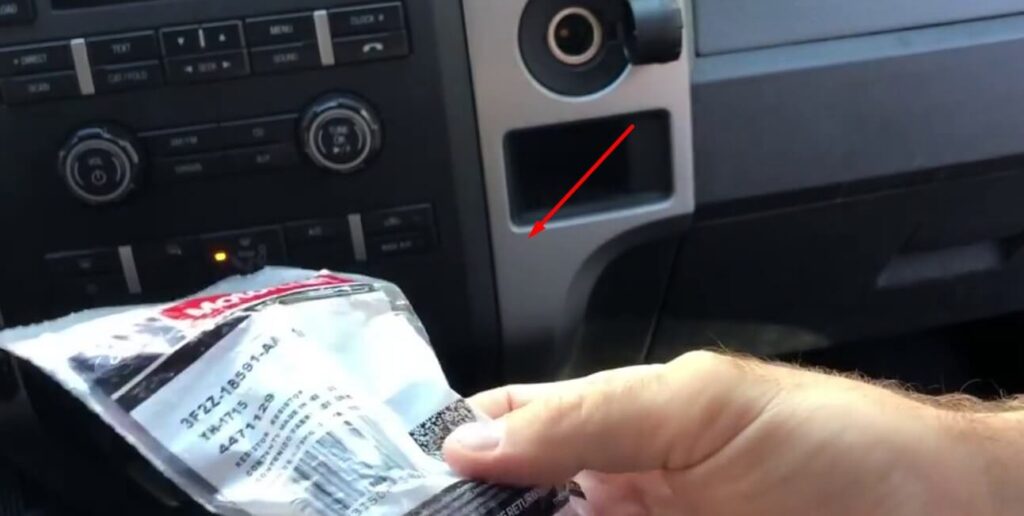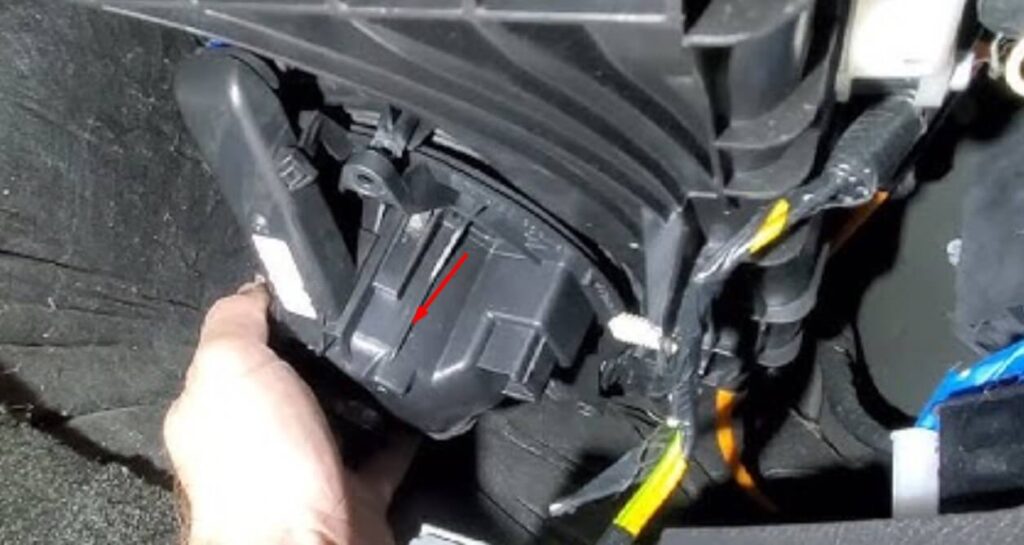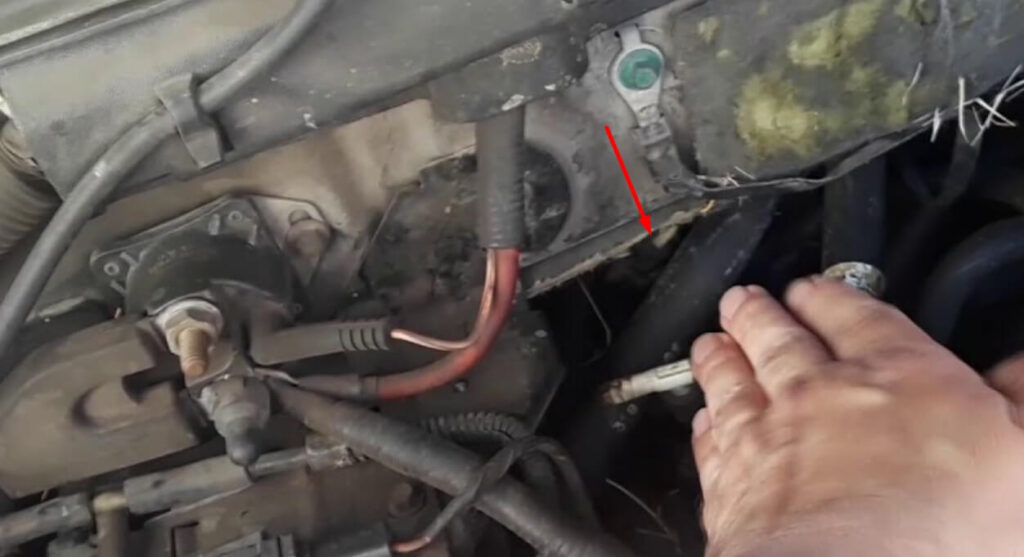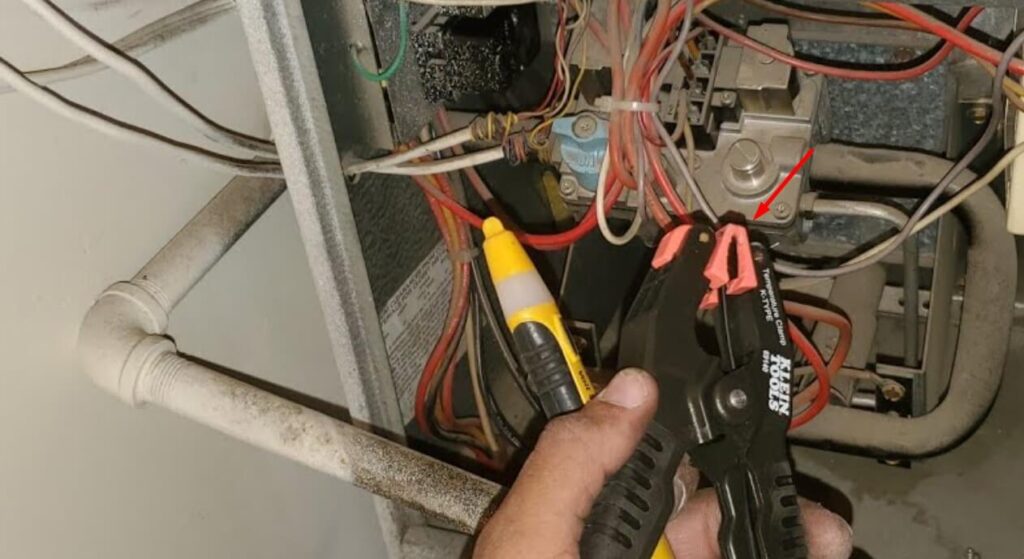The most common causes for a 2012 F150 blower motor not working are a blown fuse, a faulty blower motor resistor, a defective blower motor relay, or a malfunctioning HVAC control module.
Additionally, it could be due to a bad resistor or broken wires connecting the fan motor to its power source. In some cases, even if all these issues are resolved but there still isn’t any airflow coming out of your vents, it could mean that the blower motor has gone bad and needs replacement. If you suspect this is what happened with your 2012 Ford F150 blower motor, contact a certified mechanic who will inspect and repair it accordingly.
If you’re having trouble with your 2012 F150 blower motor, it could be a sign of an underlying issue. While the cause may not always be obvious, some common symptoms include no air coming from the vents, weak airflow from the blower motor or an odd noise when attempting to turn on the fan. If these issues sound familiar, it might be time to take your truck in for a check-up and get that blower motor running again!

2012 F150 Blower Motor Fuse Location
The 2012 F150 Blower Motor Fuse is located in the power distribution box under the hood. It is a 20A fuse, marked “BLWR” on the lid of the power distribution box. It’s important to check this fuse before attempting any other repairs as it can save time and money if it turns out to be a simple blown fuse issue rather than something more serious.
2012 F150 Blower Motor Replacement
Replacing the blower motor in a 2012 F150 can be a difficult task, but with the right tools and knowledge it is possible to do at home. It requires removing several components from under the dash, such as the glove box and lower dashboard panels, before you can access the blower motor itself. Once that has been done, disconnecting all electrical connections and mounting bolts will allow you to remove it for replacement.
After installing your new blower motor and reconnecting any electrical components, simply re-assemble everything in reverse order of removal. With patience and care this job should only take about an hour or two depending on experience level.

2012 Ford F150 Blower Motor Resistor
The 2012 Ford F150 Blower Motor Resistor is responsible for controlling the fan speed of the vehicle’s heating and air conditioning system. It works by regulating the amount of power that is sent to the blower motor, allowing you to adjust the speed at which air moves through your vents. Over time, this component may become damaged or fail due to wear and tear, resulting in reduced airflow from your HVAC system.
If you notice any signs of malfunctioning with your F150’s blower motor resistor, it’s important to have it replaced promptly in order to restore proper ventilation within your vehicle.
2010 F150 Blower Motor Replacement
Replacing the blower motor on a 2010 Ford F150 is an easy job that can be completed in just a few steps. First, you’ll need to locate and remove the old motor from its housing. Once removed, you’ll need to locate and install the new motor into its bracket, then reconnect all of the wiring back to it.
Make sure to test that everything works properly before reinstalling any parts or panels.
F150 Blower Motor Turns on And off
The Ford F150’s blower motor is designed to run continuously, however if the system has a faulty part or power source, it may turn off and on intermittently. Issues such as a malfunctioning relay switch, a worn out resistor or an electrical problem with the vehicle can all cause the blower motor to work erratically.
If you are experiencing this issue, it is recommended that you take your F150 in for servicing so the underlying cause of your intermittent blower can be identified and repaired.
2009 F150 Blower Motor Replacement
Replacing the blower motor on a 2009 Ford F-150 is a relatively straightforward process. You will need to remove the glove box and some interior panels, then disconnect any wiring harnesses attached to the old blower motor before you can replace it with a new one. After that, reassemble everything according to instructions for your particular model of truck and you should be good to go!
Why is My Ford F-150 Not Blowing Air?
If you own a Ford F-150, it can be frustrating when your vehicle isn’t blowing air. This could be caused by several things, including an issue with the blower motor or an obstruction in the vents. If your Ford F-150 is not blowing air, then there are a few steps you can take to diagnose and fix the problem yourself.
First, try inspecting the fan blades of the blower motor for any debris that may have gotten lodged between them and causing them to not spin correctly. Next, check all of your cabin air filters to make sure they aren’t clogged restricting airflow into your vehicle’s ventilation system. Finally, inspect all of your vents and make sure there isn’t anything blocking them from pushing air into the interior of your Ford F-150.
If none of these solutions work then you should consult a professional mechanic who will be able to identify what is wrong with your car and help get it fixed quickly so you can get back on the road!

Why Would Blower Motor Stop Working?
There are many reasons why a blower motor may stop working, including wiring issues, belt or pulley problems, faulty capacitors or motors, and even lack of power. Wiring issues can be caused by loose connections in the circuit board, corroded wire terminals that have become disconnected from each other over time due to moisture exposure or poor insulation. Belt and pulley problems can arise when the rubber portion of the belt becomes worn out or frayed.
This prevents proper tension between the belt and the spindle on which it rides resulting in insufficient power transfer to spin the motor’s internal components. Faulty capacitors can also cause a blower motor to stop functioning correctly as they control current flow into and out of a device.
How Do I Know If My Blower Motor Resistor is Bad Or Blower Motor?
If you’re trying to determine if your blower motor resistor or blower motor is bad, there are a few things you can do. First, check the wiring of your system. Make sure all wires and plugs are connected properly, as loose wiring may be the cause of your issue.
If everything looks secure but no air is coming out of the vents, then it’s likely either the resistor or motor that needs replacing. To narrow down which one, start by testing each component separately with a multimeter; look for continuity between two points on both the resistor and motor terminals and measure resistance levels accordingly. If just one part fails this test then replace only that part – if both fail then it will require replacement of both components.
Lastly, take a look at any fuses related to these components; if they have blown due to an overload in current flow then they need replacing as well before further diagnosis can be carried out on either component.
How Do I Know If My Blower Relay is Bad?

If you think your blower relay may be bad, there are a few signs to look for. First, check the fuse connected to the relay. If it is damaged or blown, this can indicate a problem with the relay.
You should also inspect the wires connected to the blower motor and see if any of them are loose or burned out; this could also signal an issue with the blower relay. Finally, listen for strange noises coming from either when you turn on your heater or air conditioner as these can often be caused by a faulty blower relay.
If you suspect that there is something wrong with your blower relay and none of these visual clues help diagnose it, then it might be best to contact an HVAC technician who will have more experience in diagnosing issues like this one.
2012 Ford F150 No Heater Fan Speeds
Conclusion
In conclusion, the 2012 F150 Blower Motor is a common issue among many Ford F150 owners. It can be caused by a faulty fuse or wiring, as well as an obstruction in the blower motor itself. Luckily, most of these issues are easy to diagnose and repair at home with basic tools and knowledge.
If you find yourself with this problem, it’s best to do some research first so that you know what parts and steps are involved in getting your blower motor working again.
